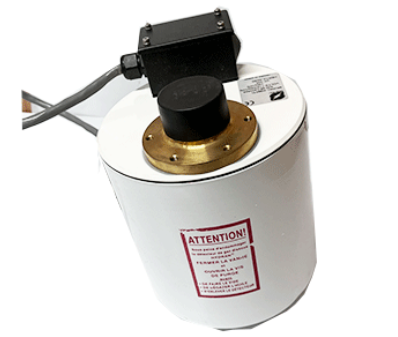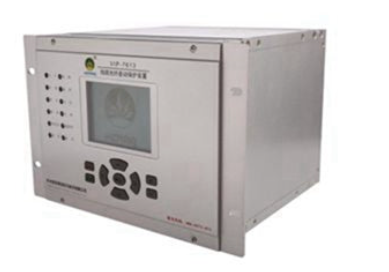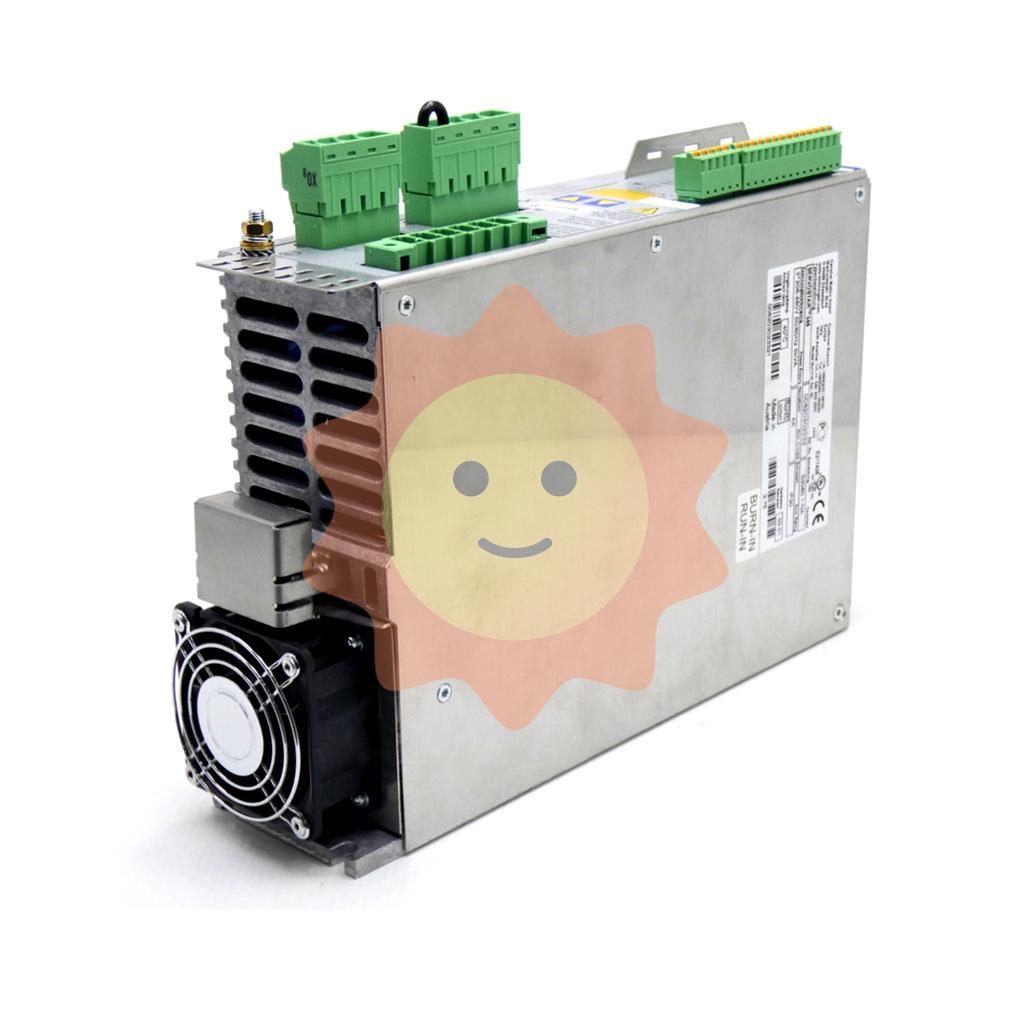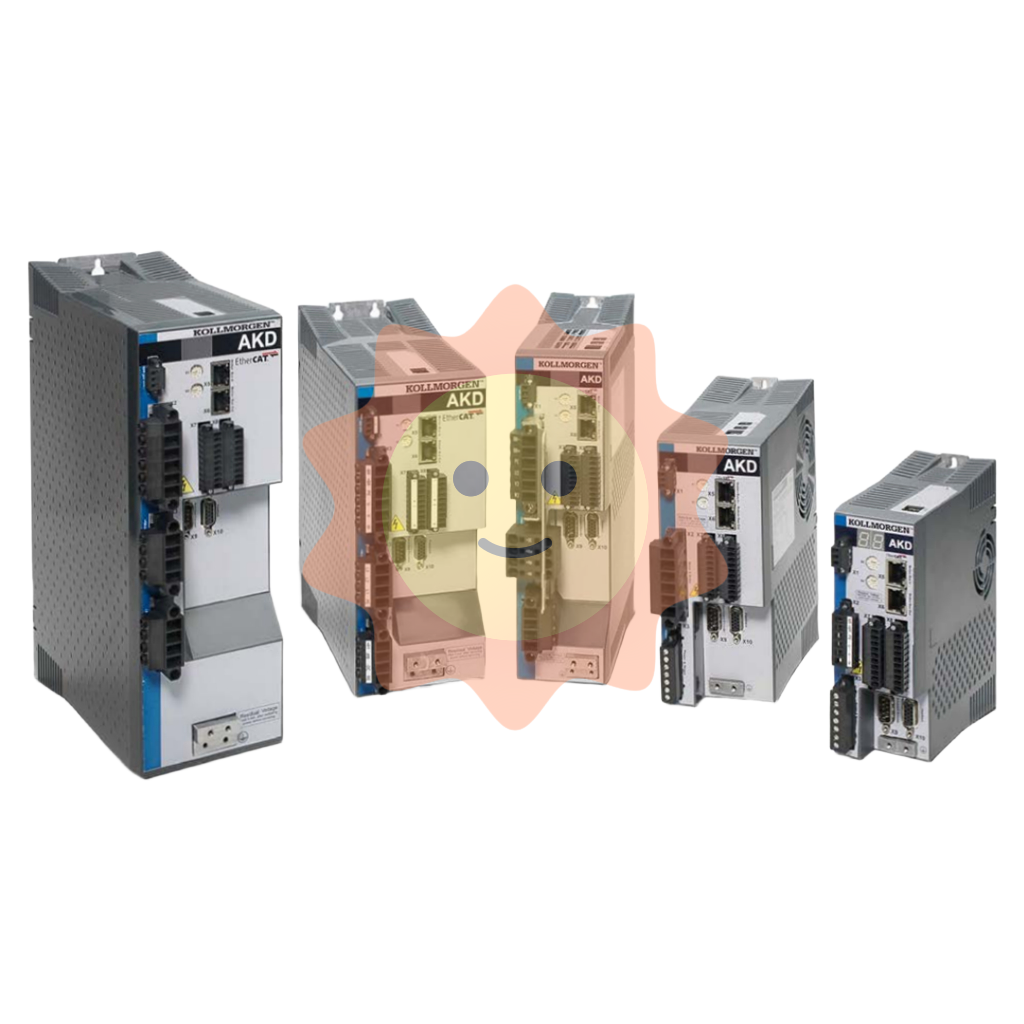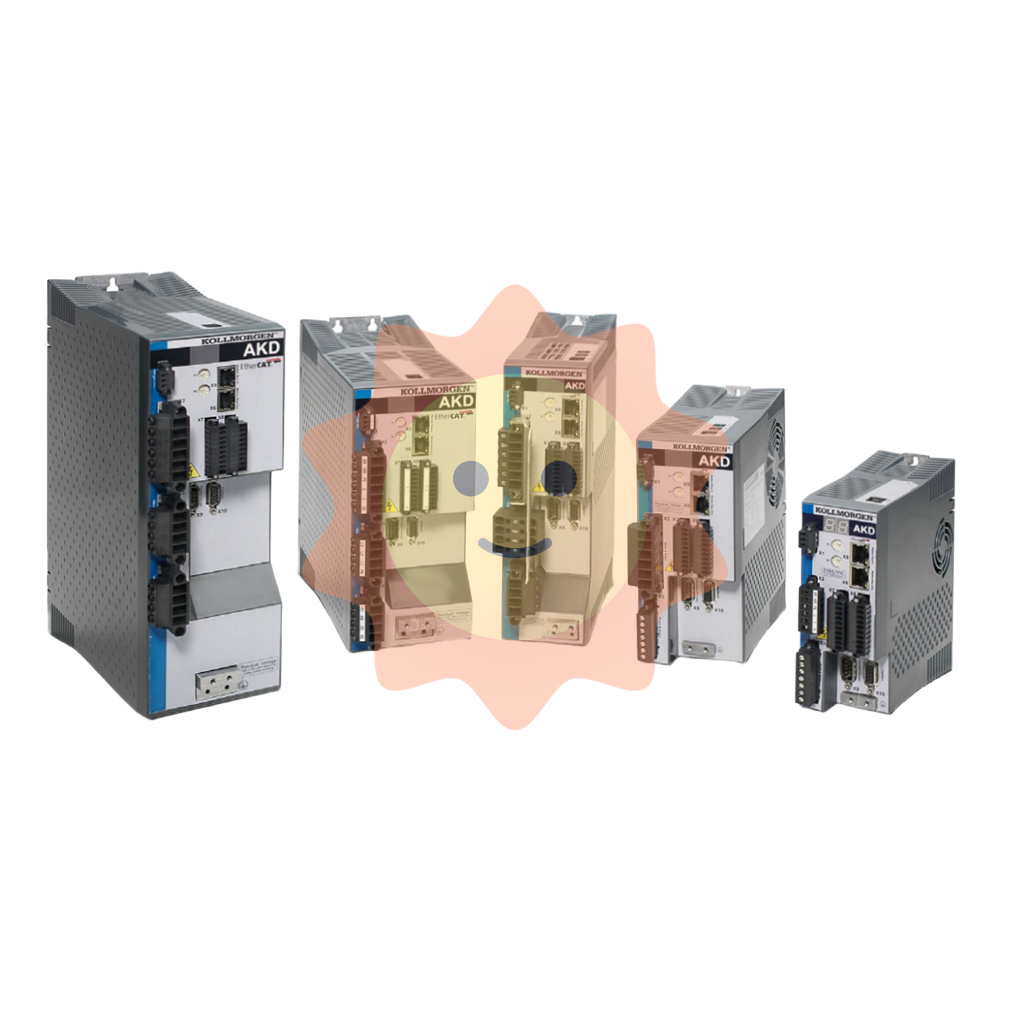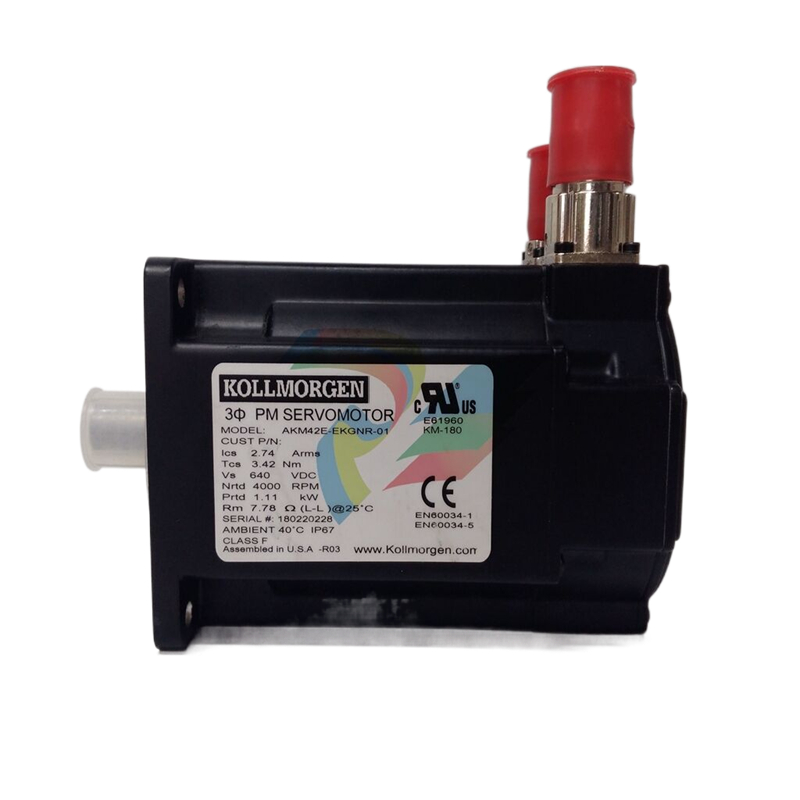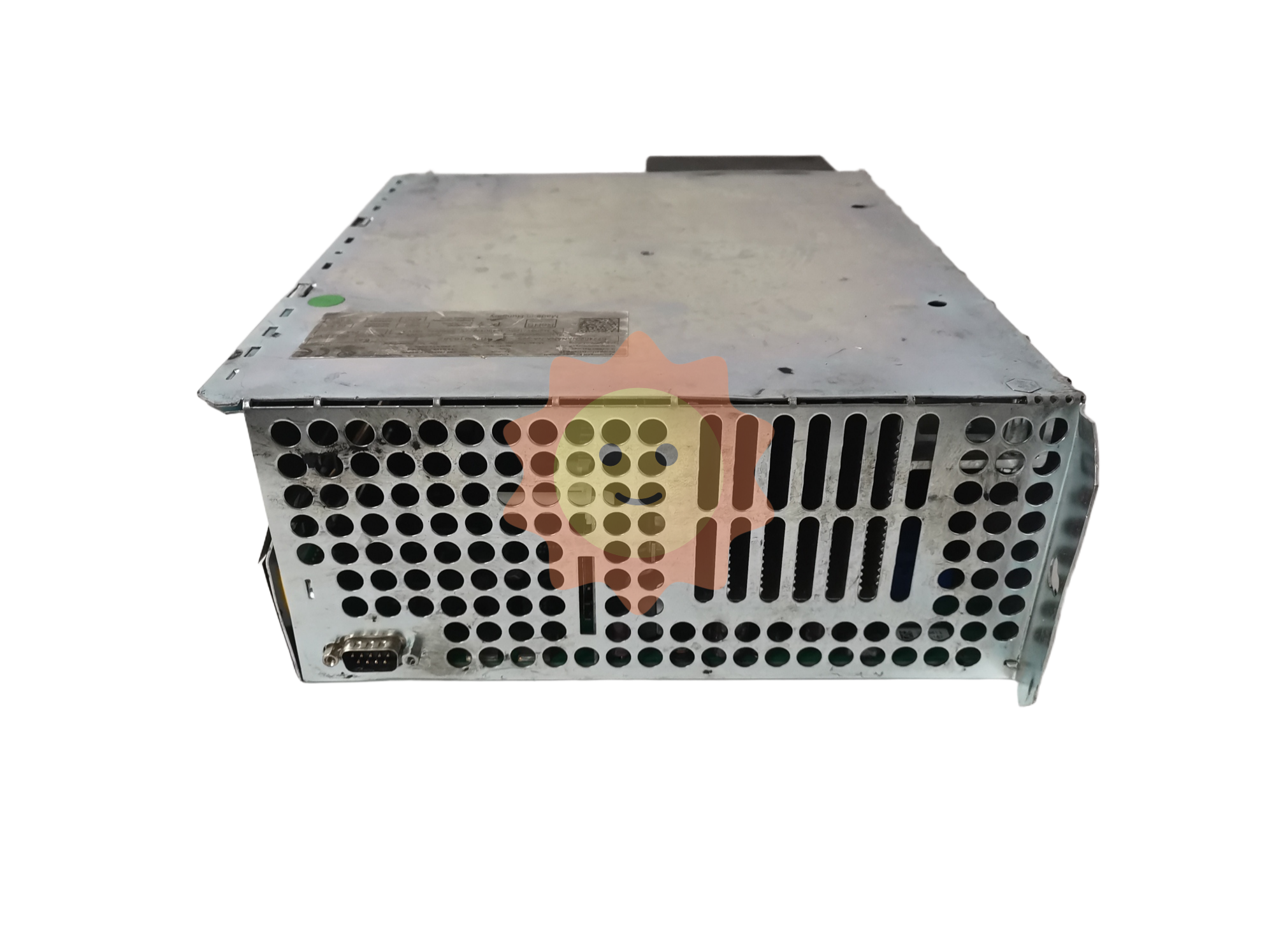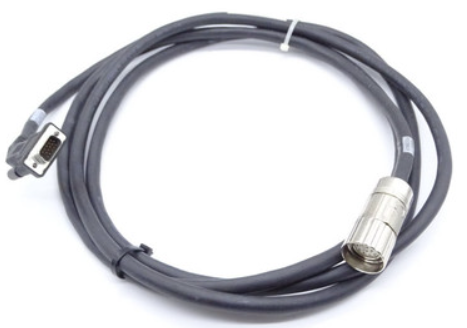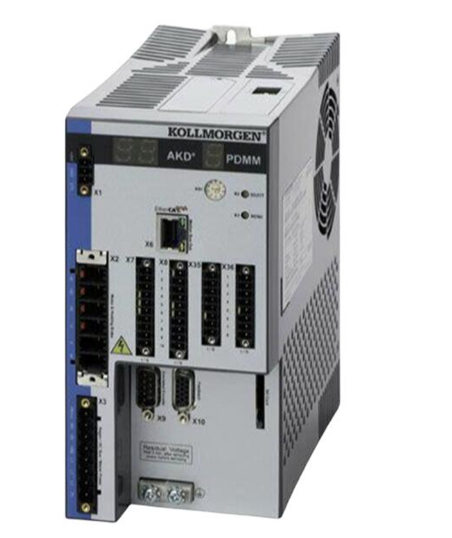Understand the whole industry chain of hydrogen energy
The international energy transition has been along the path from high carbon to low carbon, from low density to high density, and hydrogen, known as the "ultimate energy in the 21st century", is currently recognized as the most ideal energy carrier and clean energy provider.
Hydrogen energy is a clean, efficient, safe and sustainable secondary energy source that can be obtained through many ways. It is in line with China's carbon emission reduction strategy, and is conducive to solving China's energy security problems, and is an important medium of China's energy revolution.

The application of hydrogen energy can be widely penetrated into all aspects of traditional energy, including transportation, industrial fuel, power generation, etc., the main technology is direct combustion and fuel cell technology.
According to the International Hydrogen Energy Committee is expected that by 2050, hydrogen energy will bear 18% of the world's energy terminal demand, creating more than 2.5 trillion US dollars of market value, fuel cell vehicles will occupy 20%-25% of the global vehicle, and will become the main consumer of the terminal energy system alongside gasoline and diesel.
According to the China Hydrogen Energy Alliance is expected: in 2050, hydrogen energy in China's terminal energy system accounted for at least 10%, the demand for hydrogen is close to 60 million tons, of which 24.58 million tons of hydrogen in the transportation field, accounting for about 19% of the energy use in the field, the output of fuel cell vehicles reached 5.2 million/year.
Hydrogen energy industry chain: covering hydrogen energy end and fuel cell end
The hydrogen energy industry chain covers the hydrogen energy end and the fuel cell end. In the field of hydrogen energy and fuel cells, China has initially formed a comprehensive pattern from basic research, application research to demonstration, and laid out a complete hydrogen energy industry chain.
Compared with the lithium battery industry chain, the hydrogen energy and fuel cell industry chain is longer, more complex, and the theoretical economic value is greater.

Hydrogen production
At present, the technical route of hydrogen production is mainly divided into hydrogen production from fossil raw materials, hydrogen production from chemical raw materials, hydrogen production from industrial exhaust gas and hydrogen production from electrolytic water according to the source of raw materials.
The conventional hydrogen production technology route is dominated by traditional fossil energy hydrogen production, and natural gas is mainly used to produce hydrogen in the world. Due to abundant coal resources, China mainly uses coal hydrogen production technology route, accounting for more than 60% of the national hydrogen production technology.
The hydrogen production route will gradually transition from fossil energy to renewable energy hydrogen production. Large-scale low-cost hydrogen is the key, the route from "gray hydrogen" to "green hydrogen" development. In the future, "renewable energy + water electrolysis hydrogen production" is expected to become the development trend of large-scale hydrogen production.
From the three major industrial gas giants relying on air separation technology reserves and resource allocation capabilities in the hydrogen energy industry chain all-round layout of the ability to domestic industry development, domestic with hydrogen preparation and purification technology reserves of local air separation equipment and industrial gas companies are expected to benefit from the development of domestic hydrogen industry.

Hydrogen storage
Hydrogen can be stored and transported on a large scale is an important feature that distinguishes it from chemical battery energy storage. Under the premise that the total amount of resources is not constrained and the preparation cost is controllable in the medium and long term, the storage performance and transportation efficiency of hydrogen are the bottleneck problems in the construction of hydrogen energy network.
At present, hydrogen storage mainly includes gaseous hydrogen storage, liquid hydrogen storage and solid hydrogen storage three ways, high pressure gaseous hydrogen storage has been widely used, low temperature liquid hydrogen storage has been applied in aerospace and other fields, organic liquid hydrogen storage and solid hydrogen storage is still in the demonstration stage.
In the hydrogen storage link, the main domestic manufacturers include cryogenic shares (cryogenic liquid hydrogen unit, liquid hydrogen storage tank, hydrogen storage system); Furet installation (vehicle high pressure hydrogen supply system and gas supply equipment); Capital Stock (vehicle storage cylinders, seamless steel cylinders, welded steel cylinders, welded adiabatic cylinders, carbon fiber fully wound carbon composite cylinders); Medium material technology (roving, fine sand, cut fiber, alkali resistant fiber, stitched fabric and other glass fiber products).
Hydrogen transport
The network distribution of hydrogen refueling stations is the basic guarantee for the large-scale commercialization of hydrogen fuel cell technology, and the key to solve the network distribution of hydrogen refueling stations is to solve the hydrogen transportation problem.
Hydrogen is a gas at room temperature and pressure, with a density of only 0.0899 kg/m3. As a flammable gas, it belongs to the І class of dangerous goods (non-fuel), and can form an explosive mixture when mixed with air, which will explode when heated, so it has high requirements for transportation safety.
At present, there are three main modes of hydrogen transport: gaseous transport, liquid transport and solid transport.
The demonstration application of hydrogen energy in China is mainly centered around the layout of industrial by-production hydrogen and renewable energy hydrogen production sites (less than 200 kilometers), and hydrogen energy storage and transportation are mainly in high-pressure gaseous mode.
Hydrogen refueling station
As an important raw material and infrastructure for the fuel cell vehicle industry, hydrogen refueling stations and hydrogen are the link between upstream hydrogen production and downstream users of the hydrogen energy industry, and their layout and construction are breakthroughs in the commercial development of fuel cell vehicles.
The construction number and popularization of hydrogen refueling stations determine the industrialization process of hydrogen fuel cell vehicles to a large extent, and low-cost hydrogen production and transportation are also the key links for the further popularization and promotion of hydrogen fuel cell vehicles, which determines the economy of the driving cost.

Since the world's first hydrogen refueling station was built in Munich Airport, Germany, in May 1999, countries have promoted the construction of hydrogen refueling stations.
As of November 21, 2020, a total of 458 hydrogen refueling stations have been built in the world's major hydrogen energy countries and regions, and another 255 hydrogen refueling stations are under construction or proposed to be built.
The construction progress of hydrogen refueling stations in China has gradually accelerated, and 128 hydrogen refueling stations will be built by the end of 2020. At the same time, more than 20 large central enterprises such as petrochina, Sinopec and National Energy Group have cross-border development of hydrogen energy industry.
Operation mode of hydrogen refueling station: Most of our country uses external high-pressure hydrogen supply
From the perspective of the operation mode of hydrogen refueling station, whether it can be profitable mainly depends on the operating cost (the price of hydrogen), the investment (equipment), and the operating load of hydrogen refueling station (the number of fuel cell vehicles).
Judging from the current operation of hydrogen refueling stations at home and abroad, the current hydrogen supply methods are mainly divided into two types: hydrogen production in the station and hydrogen supply outside.
Hydrogen production in station is mainly hydrogen production by water electrolysis, which is quite mature and has been applied in most hydrogen refueling stations in Europe. The external hydrogen supply is large-scale hydrogen production by natural gas reforming or by-product hydrogen from steel mills and chemical plants, which is transported to hydrogen refueling stations using high-pressure oxygen cylinders cluster trailers after purification.
In the typical external hydrogen supply high-pressure gas hydrogen refueling station investment composition, except for civil construction and equipment costs occupy the largest proportion, mainly compressors, hydrogen storage bottles, hydrogenation and cooling system, due to the lack of mature mass production hydrogenation station equipment manufacturers, imported equipment has pushed up the construction cost of hydrogenation station.
Because fuel cell vehicles have not yet achieved large-scale operation, the current construction and operating costs of hydrogen refueling stations are much higher than traditional gas stations and filling stations. From a global perspective, the government and vehicle enterprises are the main body of hydrogen refueling station construction, and the range of government subsidies is more than 50%.

The localization of hydrogen refueling stations is gradually started
Although the technical indicators of the hydrogen refueling station equipment produced in China are still lacking, the localization has been opened, and the industry enterprises have launched their own products in various fields.
Houpu Shares provide complete sets of hydrogen refueling station equipment, covering design, component development, production, complete equipment integration, hydrogen refueling station installation and commissioning and after-sales service; On January 7, 2021, CIMC won the bid for the National Energy Group 70MPa hydrogenation station project; Hongda Xingye has built and operated China's first civilian liquid hydrogen processing plant in Inner Mongolia; Jiahua Energy by-product hydrogen purification, transportation, hydrogen refueling station integrated operation enterprise, SDIC Juli cooperation.
- EMERSON
- Honeywell
- CTI
- Rolls-Royce
- General Electric
- Woodward
- Yaskawa
- xYCOM
- Motorola
- Siemens
- Rockwell
- ABB
- B&R
- HIMA
- Construction site
- electricity
- Automobile market
- PLC
- DCS
- Motor drivers
- VSD
- Implications
- cement
- CO2
- CEM
- methane
- Artificial intelligence
- Titanic
- Solar energy
- Hydrogen fuel cell
- Hydrogen and fuel cells
- Hydrogen and oxygen fuel cells
- tyre
- Chemical fiber
- dynamo
- corpuscle
- Pulp and paper
- printing
- fossil
- FANUC
- Food and beverage
- Life science
- Sewage treatment
- Personal care
- electricity
- boats
- infrastructure
- Automobile industry
- metallurgy
- Nuclear power generation
- Geothermal power generation
- Water and wastewater
- Infrastructure construction
- Mine hazard
- steel
- papermaking
- Natural gas industry
- Infrastructure construction
- Power and energy
- Rubber and plastic
- Renewable energy
- pharmacy
- mining
- Plastic industry
- Schneider
- Kongsberg
- NI
- Wind energy
- International petroleum
- International new energy network
- gas
- WATLOW
- ProSoft
- SEW
- wind
- ADVANCED
- Reliance
- YOKOGAWA
- TRICONEX
- FOXBORO
- METSO
- MAN
- Advantest
- ADVANCED
- ALSTOM
- Control Wave
- AB
- AMAT
- STUDER
- KONGSBERG
- MOTOROLA
- DANAHER MOTION
- Bently
- Galil
- EATON
- MOLEX
- Triconex
- DEIF
- B&W
- ZYGO
- Aerotech
- DANFOSS
- KOLLMORGEN
- Beijer
- Endress+Hauser
- MOOG
- KB


Email:wang@kongjiangauto.com



